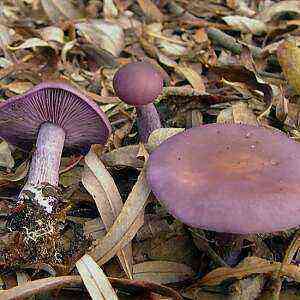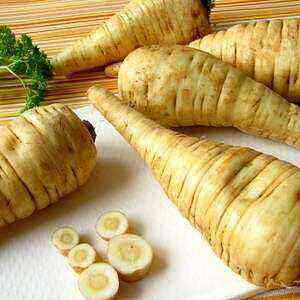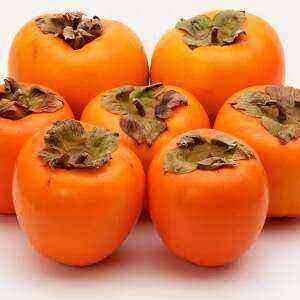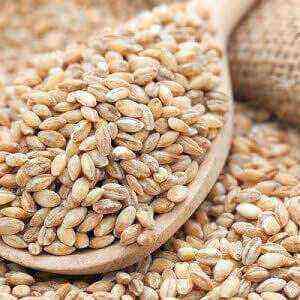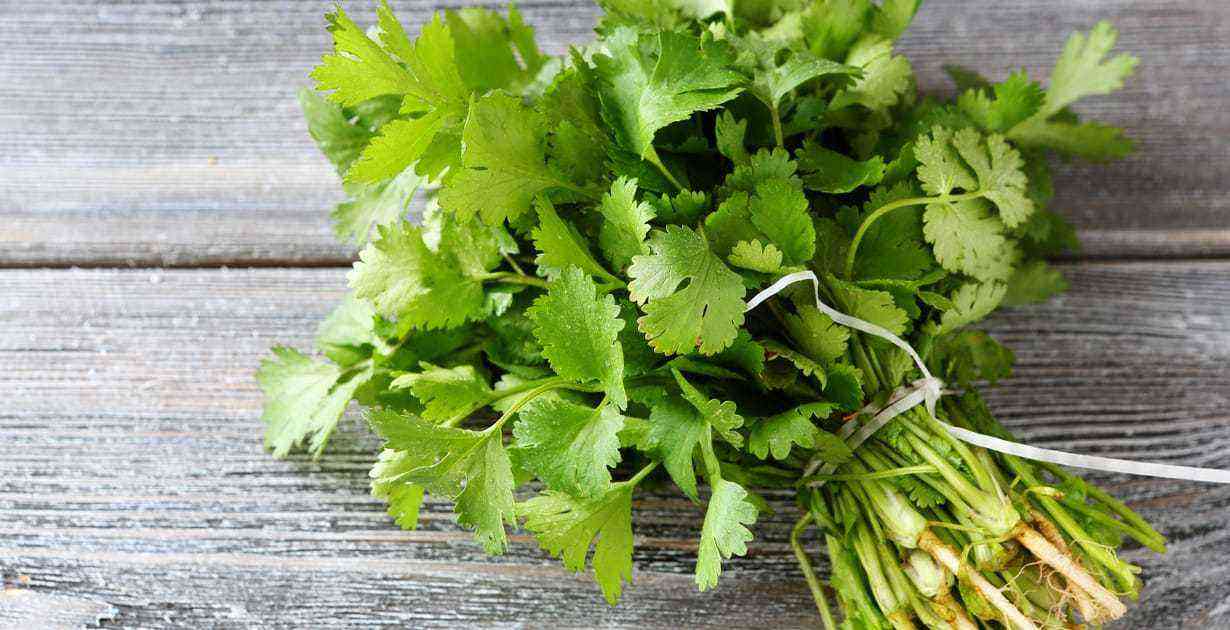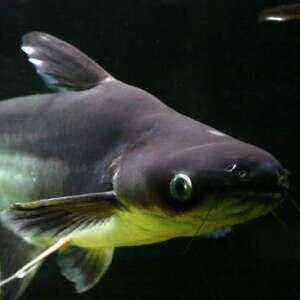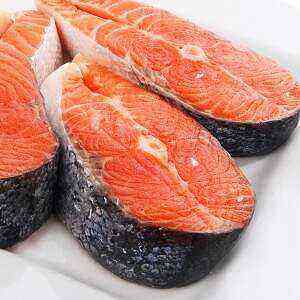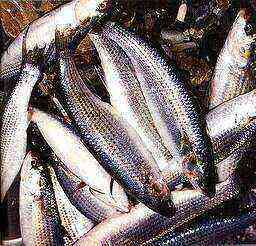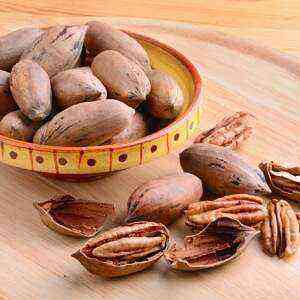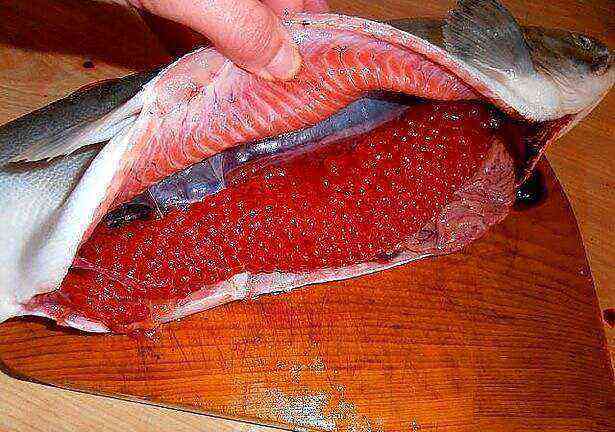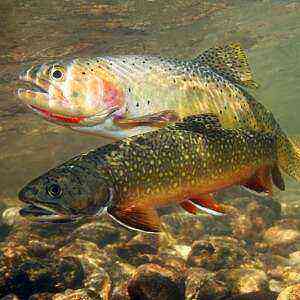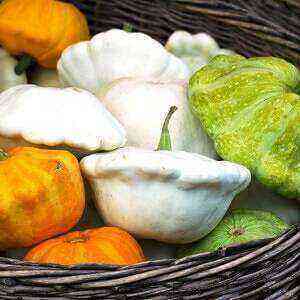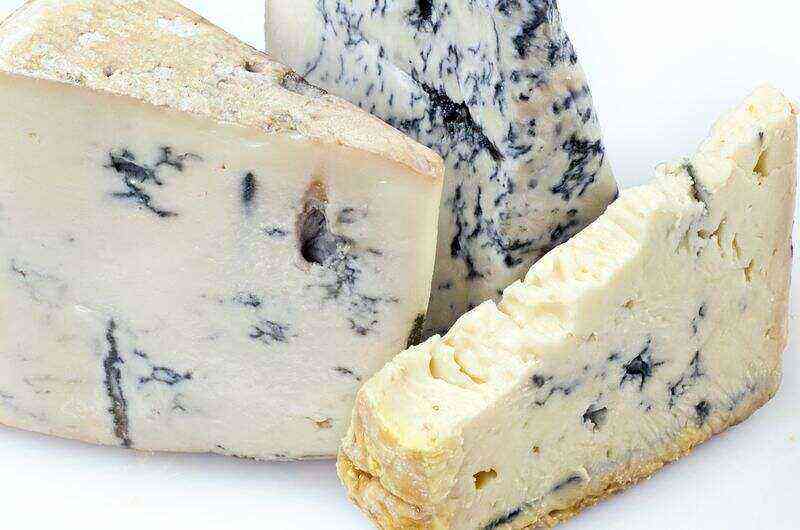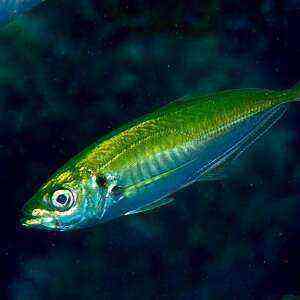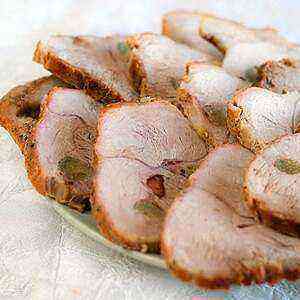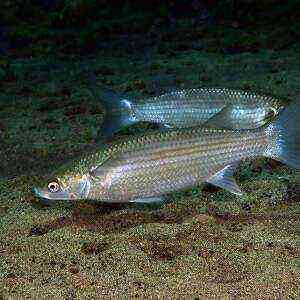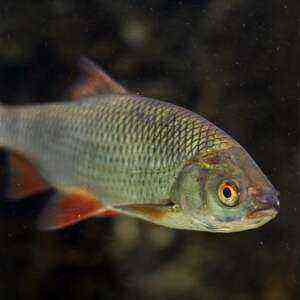
Interesting Facts:
- In countries such as Canada and New Zealand, this fish is considered the most pest. The fact is that the rudd in the waters of these countries behaves aggressively and displaces rare species of fish that are so valuable in Canada.
- Fishermen who are engaged in fishing for this amazingly beautiful fish are well aware that it is best caught on a bright yellow bait, and for some reason they don’t like other colors.
Useful properties of rudd
The meat of this fish contains a very small amount of fat, but at the same time it includes a very wide range of vitamins and minerals necessary for the normal functioning of the body. Vitamin PP contained in fish meat has a beneficial effect on the cardiovascular system, including strengthening blood vessels and the heart muscle. It contributes to a more stable functioning of the nervous system, thereby helping to combat stress and improving the conductivity of neurons. It is this vitamin that maintains the quality of the mucous membranes, including their rapid regeneration. It helps to improve the functioning of the stomach and pancreas, thereby stimulating digestion, relieves heartburn and prevents the development of ulcers due to its good effect on the mucous membrane.
As for the minerals contained in this healthy fish, the basis is fluorine, which is responsible for the quality of the teeth and acts as an excellent prevention of tooth decay. Potassium, which also contains a lot in the rudd, allows you to adjust the water balance, it helps maintain the body during physical activity and normalizes the work of the heart. In addition, it also contains chlorine, which helps to eliminate toxins and toxins from the body, and sodium, which is of great importance for the normal absorption of amino acids. Similar properties are possessed by species such as pike perch and perch.
The chemical composition of the rudd (100 g)
Caloric content 100,2 kcal Proteins 18,3 g Fats 3 g
Micro- and macro elements
Sodium 100 mg Magnesium 35 mg Calcium 40 mg Potassium 335 mg Chromium 55 mg Phosphorus 235 mg Iron 0,4 mg Sulfur 183 mg Chlorine 165 mg Molybdenum 4 μg Nickel 6 μg Fluorine 430 μg
Vitamins
Vitamin PP 3,0378 mg
Cooking application
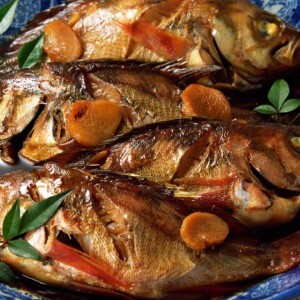
However, the rudd in cooking is not at risk for everyone. Unfortunately, this is a very demanding fish to cook, and it also has a very specific taste. All this requires a sufficiently high level of skill from the cook, who is going to use the rudd in his recipes. That is why if you are not on a diet, give preference to cutlets from rudd, as they are much easier to prepare. In addition, all chefs who are not afraid of experiments can try to stew the rudd in milk for some time. This gives it a special delicate taste, removes bitterness and preserves the maximum amount of nutrients. However, fish in milk may not be to everyone’s taste, and this must be considered before cooking.
It is very often used for diet food, as it contains the maximum amount of protein and the minimum amount of fat. In addition, meat contains a huge range of vitamins and minerals that are necessary for the human body.
Like any other fish, it contains a lot of phosphorus and fluorine, as well as vitamin PP. It is the phosphorus contained in the fish that stimulates the brain, supports the nervous system and allows you to accelerate metabolic processes in the body, normalizes metabolism and helps to keep yourself in good shape.
Secrets of cooking
A lot of cooks do not like to use rudd in their dishes due to the fact that she has a lot of small bones, and she also has a rather specific flavor that few people like. However, the benefits of this fish are invaluable, but in order to cope with its shortcomings, there are several culinary tricks.
- If the fish has been frozen, it should be thawed in the refrigerator, and not exposed to heat, such as a microwave. The gradual defrosting process allows you to keep the maximum amount of nutrients and good taste.
- To remove the specific flavor of the rudd, you can use the old trick: soak fish in the milk for a while, then rinse and cook. In addition, you can leave it in a salt solution for a short time in order to marinate it a little at the same time and get rid of a specific taste.
- Before you fry a fish or bake it, you need to make several cuts on its sides. So you will ensure that the small bones, which are very difficult to remove, are baked together with the fillet and become soft.
How to choose the right fish
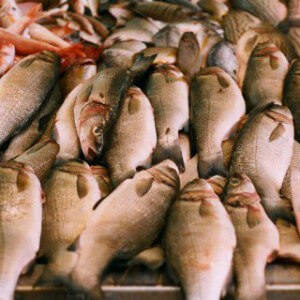
How to store rudd
If you need to save a rudd, there are several ways to do it. For example, fresh fish is usually stunned, and then spread in an open container, well-ventilated, such as a basket. Such fish should be stored in a place protected from direct sunlight with good ventilation. From above for safety, you can cover it with a natural wet cloth. In this form, you can leave the rudd for a couple of days, but remember that with high heat such storage is inefficient.
For a day
If you need to store it for a short time, only about a day, you can put it on the ice and cover it with a wet cloth or rag from above. Before this, it is advisable to wash the fish to get rid of various impurities and dirt.
A few days
If you need to keep the fish for several days, you can put it in an open vessel, and each layer must be poured with ice. Ice should be enough, about half the amount of the fish itself. Be sure to note that there are openings in the tank so that the melt water can drain. For storage for a couple of days, you can lay the rudd in two or three rows, and only then pour it with ice. The layer of ice at the bottom of the tank should be thick enough, about 10 centimeters, as it will melt first.
Few weeks
If you need to keep the fish much longer, you can use a mixture of ice and salt, which can significantly reduce the temperature in the tank. With the right mix, if the amount of salt varies from 2 to 10% in the total mass, the temperature can drop to minus, which allows you to store it for a long time, from 1 to 2 weeks, depending on the quality of the fish.
Freezing fish
If you have a very large number of fish that you just caught (ideally, it is a winter rudd), and you need to keep it for as long as possible, you can try to freeze it. Regardless of the time of year, this can be done in the freezer, for which you need to carefully lay out the fish in one layer, wait until it freezes, and then fold it into one container. If the freezer is not enough, or you have a cool room like a cellar, there is another way to store it. It is especially well suited for the rudd who was caught in the winter, as the low temperatures allow it to freeze as quickly as possible. To store it, rinse it, put it on a dense layer of fine ice and leave it to solidify. After that, the fish is placed in a fully closed container, covered with a cloth on top and filled with sawdust in order to maintain a low temperature. The box with it can be placed in a cold room and left for everything in the cold season. This is a good way to store large quantities of fish, especially during the last fishing.
It is very important that before the freezing process the fish is of sufficiently high quality: the fresher the better. During preparation for freezing, avoid mechanical damage to it, they can significantly affect its quality after defrosting.
In a refrigerator
If you only have a refrigerator, you can keep the fish right in it, just remove the insides beforehand. Clean it thoroughly, rinse well, and place in a dish covered with cling film. This method is well suited for storage in the refrigerator, freezer on temperature 0 degrees or below.
In the marinade
If you need to store fish for a short time, about a day or a couple of days, you can take the fillet, put it in salt or place it in lemon fresh juice. As a result, you not only save the fish longer, but also get pickled fillets. In any case, it can be stored in the refrigerator for no more than 2 days.
Dangerous properties of fish
The only serious health threat from eating rudd is cases of individual intolerance to this fish. Otherwise, it is very important that you choose the freshest and highest quality fish, as well as cook it correctly. The high quality of the fish you choose will avoid serious food poisoning. Be sure to thoroughly heat it, because it contains many parasites that can live in the human body.
